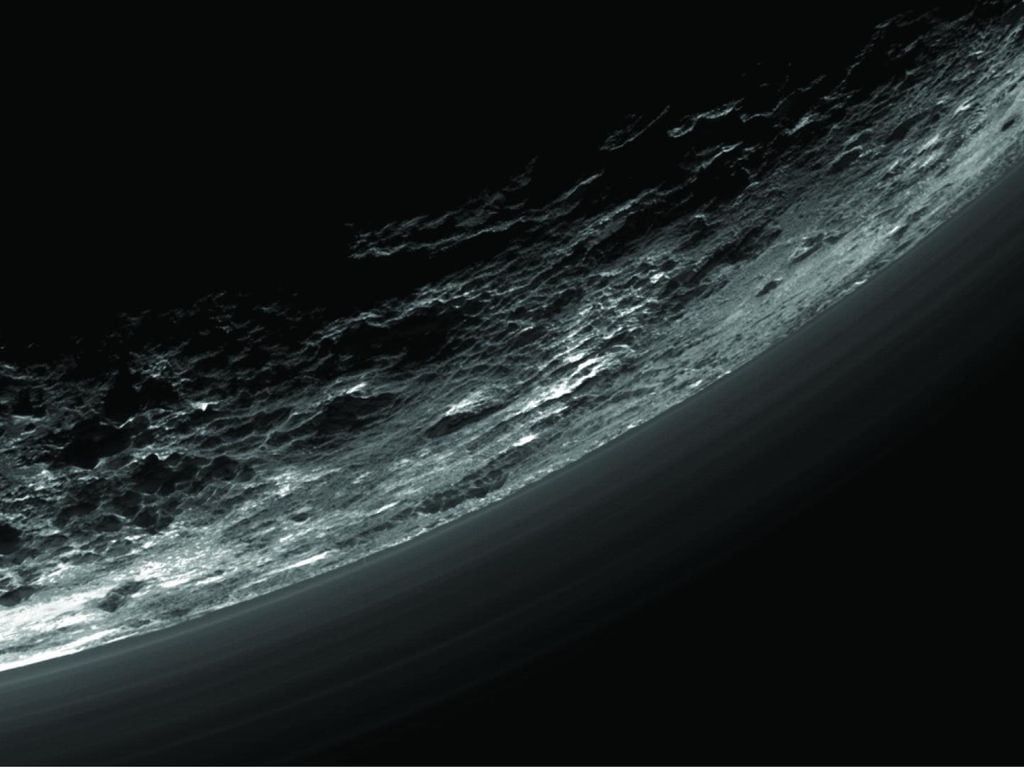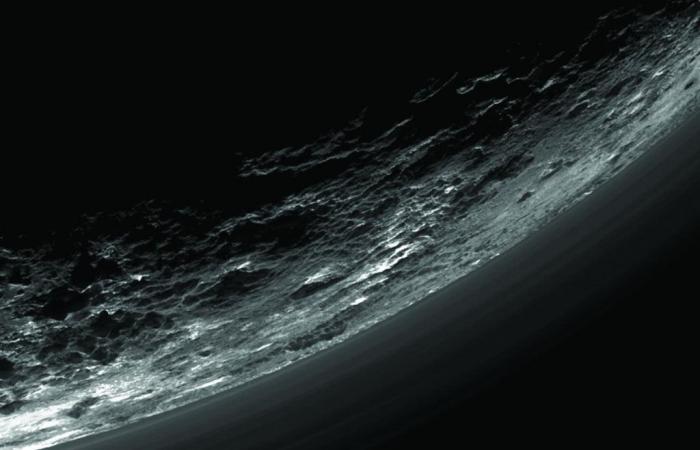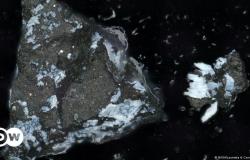The fleeting encounter with Pluto by the New Horizons probe on the probe’s first and only flyby, left a lasting impression. The astonishing images and volumes of data revealed a surprisingly vibrant and dynamic world.
In addition to known features such as floating ice hills, nitrogen icebergs and nitrogen winds, The data hinted at something even more intriguing and mysterious.because due to the distance an ocean was not expected to exist under the icy crust of Pluto.
This discovery effectively made Pluto and its largest moon, Charon, members of the select “Club of Ocean Worlds.” Almost a decade after that historic meeting, The astronomical community continues to unravel the secrets of Pluto from data collected by New Horizons.
In a recent article published in the specialized magazine Icarus, planetologists Alex Nguyen and Dr. Patrick McGovern used mathematical models and images to explore the possible ocean between Pluto’s icy surface and its metallic and silicate core.
A PhD out of this world
Nguyen, graduate student in Earth, Environmental and Planetary Sciences at Washington University in St. Louis (WUSTL), and Dr. McGovern, a senior scientist at the Lunar and Planetary Institute (LPI) in Houston, published their research in the journal Icarus.
The study is part of Nguyen’s doctorate at the University of Washington, where he is an Olin Chancellor’s Fellow and a member of the National Science Foundation Graduate Research Program, where he has worked with data obtained from the NASA mission.
According to his analysis, Pluto’s ocean lies beneath a surface layer that is between 40 and 80 km thick.. This layer acts as an insulator, ensuring that the inner ocean remains in a liquid state.
For decades, planetary scientists assumed that Pluto was too cold to host an interior ocean. Orbiting far beyond the “Ice Line” of the Solar System, where volatile elements become solid, Pluto has an average surface temperature of -229 °C. Even nitrogen and methane solidify like rocks.
Clues of something mysterious
High resolution imageswith ten times greater detail than the previous ones, showed us the icy surface and intriguing features of Pluto. What mysteries did this distant world hide? What secrets did his frozen heart keep? The answer was just a few miles away.
Thanks to New Horizons, astronomers found multiple indications that Pluto could have an interior oceanincluding cryovolcanoes similar to those observed on other “ocean worlds” such as Ceres, Europa Ganymede, Enceladus, Titan and Triton.

Although The existence of this ocean is still debated, the theory gains acceptance. For their study, Nguyen and McGovern modeled the cracks and bulges in the ice covering Pluto’s Sputnik Planitia basin.
The results suggest that an ocean could exist under an icy layer 40 to 80 km thick, enough to sustain it. liquid despite extreme temperature and pressure conditions on the surface.
The characteristics of said ocean are vital contributions for various types of models that are carried out to illuminate The interior structure and evolution of Plutoespecially in light of the complementary relationship between the dimensions of the ocean and an outer water ice sheet.
New Horizons
Furthermore, they calculated the probable density or salinity of the ocean, concluding that could be up to 8% denser than Earth’s oceans. This level of salinity would put Pluto’s ocean on par with the Great Salt Lake and the Dead Sea on Earth.
Any variation in this density would be evident from the cracks and fractures in the Sputnik Platina basin.
We estimate a kind of Goldilocks zone where the density and thickness of the layer are correct.
If the ocean were less dense, the ice sheet would collapsecausing many more fractures on the surface and if it were denser, the ice layer would be more supported, which would be evident as there were fewer fractures.
Unfortunately, It could be many decades before another spacecraft reaches Pluto to help confirm these findings. Meanwhile, Pluto’s inner ocean defense grows stronger!









